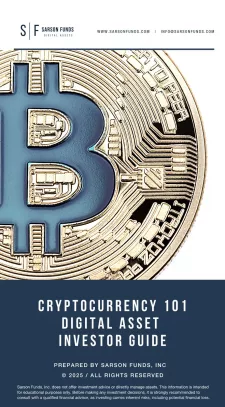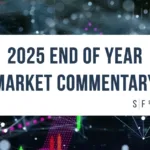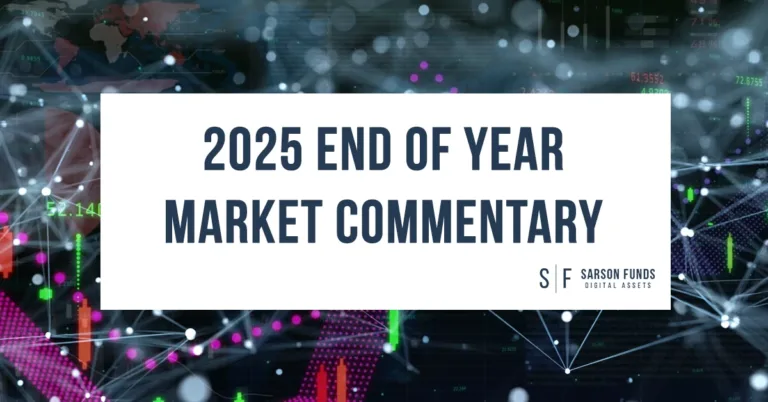How Bitcoin Has Historically Reacted to Federal Reserve Policy and Direct Stimulus Payments
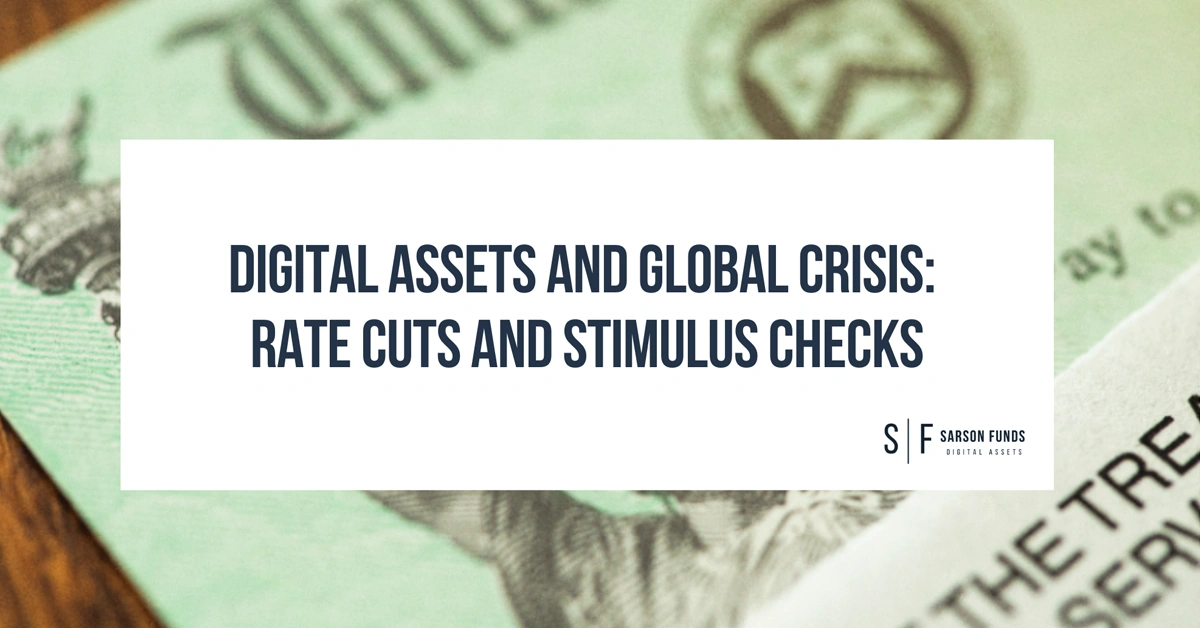
Bitcoin has long been viewed as a barometer for macroeconomic shifts, reacting to monetary policy changes and fiscal interventions. With its fixed maximum supply and decentralized nature, bitcoin sometimes behaves differently from traditional assets, yet it remains sensitive to events like Federal Reserve rate cuts and government stimulus programs. In this article, we explore bitcoin’s price performance following the most recent U.S. rate cuts and its response to stimulus checks issued during the COVID-19 pandemic, using historical data to uncover trends and insights that could be directly applicable to the market conditions we find ourselves in currently in April, 2025.
Bitcoin and the Five Most Recent Rate Cuts
The Federal Reserve has adjusted interest rates several times in recent years, with the most notable cuts occurring during and after the COVID-19 pandemic. Below, we analyze bitcoin’s price movements following the most recent rate cuts. These cuts include emergency measures in 2020 and subsequent adjustments in 2024, reflecting shifting economic priorities.
March 3, 2020: 50 bps (Basis Points) cut
Context: An emergency cut in response to early COVID-19 economic fears.
Bitcoin Price Reaction: Bitcoin was trading around $8,700 before the cut.
After a brief dip to the $7,700 range, it began a temporary recovery.
March 15, 2020: 100 bps cut
Context: A second emergency cut just 12 days later, as markets plummeted amid the start of global lockdowns.
Bitcoin Price Reaction: Bitcoin had already crashed to around $4,000 due to a broader market sell-off in the days leading up to the second cut. After the March 15 rate cut, it stabilized and began a steady climb, reaching around $10,000 by May 2020, over 100% upswing in just a few short months. This marked the start of the significant bull run we saw over the course of 2020 – 2021.
September 18, 2024: 50 bps cut
Context: The first cut since 2020, signaling a shift to stimulate growth.
Bitcoin Price Reaction: Bitcoin traded near $60,000 pre-cut and surged to the $64,000 range within days. By November 2024, it hit $76,999, a new all-time high, reflecting optimism about lower rates boosting risk-on assets.
November 7, 2024: 25 bps cut
Context: A smaller cut amid stabilizing inflation and following the U.S. election results that reaffirmed pro-crypto policy expectations.
Bitcoin Price Reaction: Bitcoin was already climbing, hitting $75,820 on November 7. Post-cut, it crossed $80,000 by November 10 and reached the $91,000 range by November 13, driven by pro-crypto sentiment and rate-cut momentum, a nearly 20% increase in price.
December 18, 2024: 25 bps cut
Context: A cautious cut as the Fed balanced growth and inflation.
Bitcoin Price Reaction: Bitcoin broke $100,000 on December 5, 2024, before the cut, fueled by ETF inflows and crypto-friendly policy expectations. Post-cut, it peaked at $108,388 but fell to $92,500 by early January 2025 after strong economic data reduced expectations for further cuts.
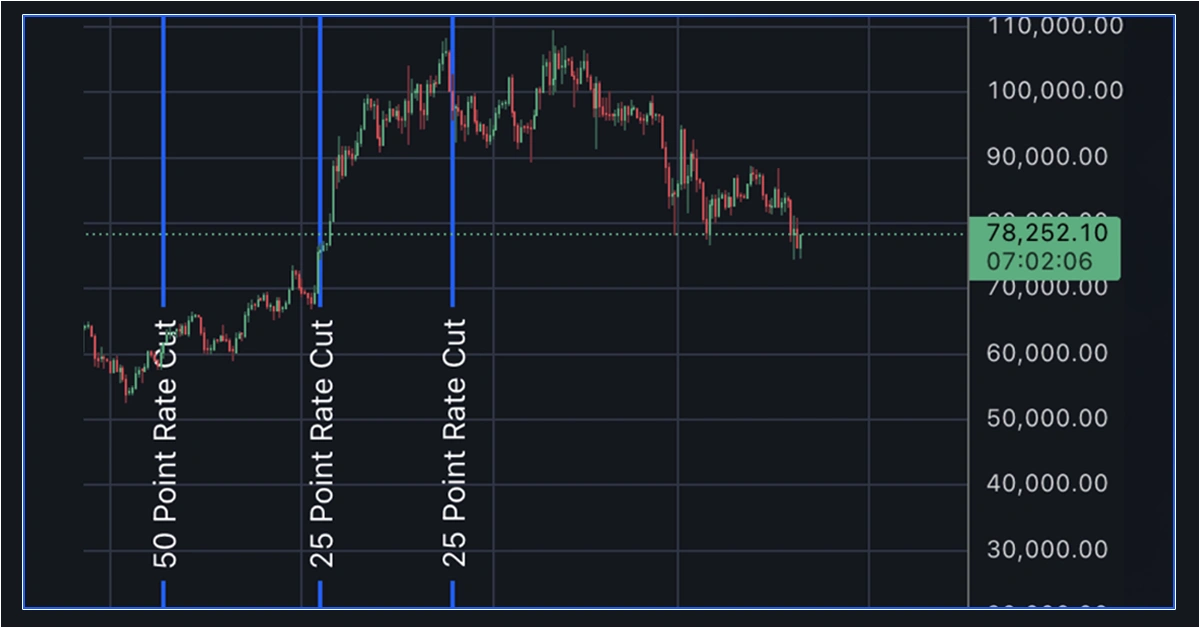
Bitcoin’s Response to previous Stimulus Checks
The U.S. government issued three rounds of stimulus checks during the COVID-19 crisis, injecting liquidity directly into consumers’ hands. Many recipients turned to Bitcoin, driving notable price movements.
April 2020: $1,200 Stimulus Checks
Context: The first round began arriving in April 2020 amid economic shutdowns.
Bitcoin Price Reaction: Bitcoin traded around $7,000 in early April. Data from Coinbase showed a surge in $1,200 buy orders, correlating with check distribution. By July 2020, Bitcoin hit $11,000—a 57% increase—partly fueled by retail investment from the stimulus.
December 2020/January 2021: $600 Stimulus Checks
Context: The second round was distributed starting December 29, 2020.
Bitcoin Price Reaction: Bitcoin was at $19,000 in mid-December. Post-checks, it rose 12% to $21,000 within a week and soared to $40,000 by January 2021, a 110% gain in a month. The Cleveland Fed noted a modest but significant uptick in crypto purchases tied to these payments.
March 2021: $1,400 Stimulus Checks
Context: The third round under the American Rescue Plan began in March 2021.
Bitcoin Price Reaction: Bitcoin hovered near $50,000 pre-checks. After distribution, it peaked at $61,000 in mid-March—a 22% gain—before consolidating. Surveys indicated some Americans used these funds for crypto, amplifying demand.
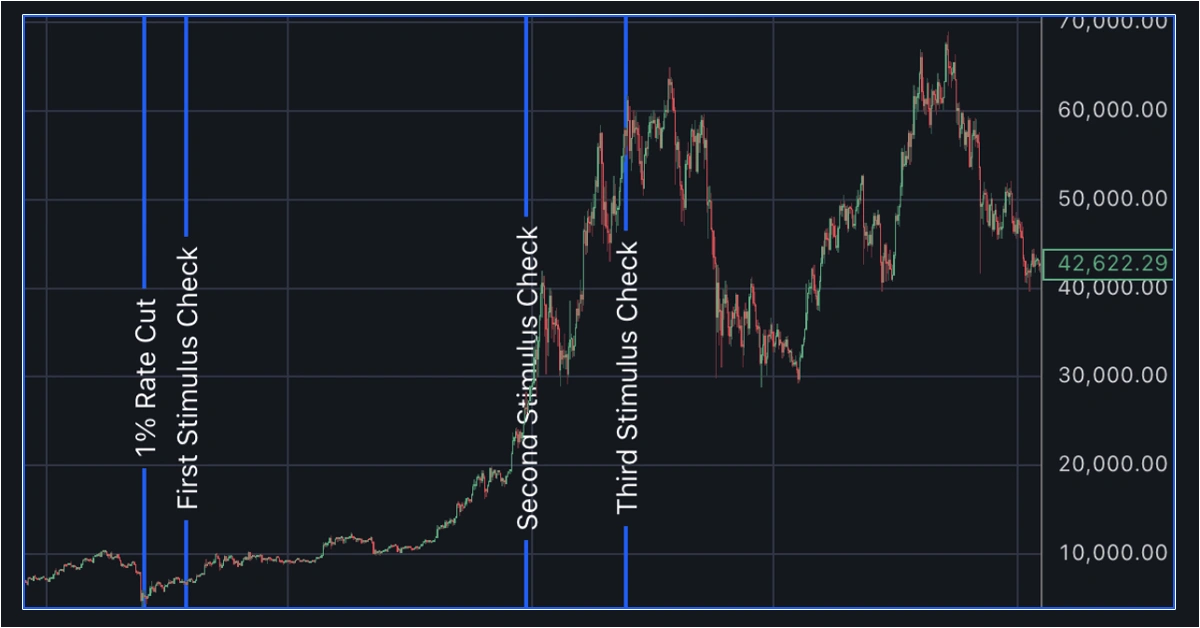
Key Takeaways
Bitcoin generally rallied after these rate cuts, depending on broader market conditions and macro financial shifts. Lower rates tend to weaken the dollar and encourage investment in risk assets like bitcoin, though short-term volatility often precedes sustained growth. We are now in a reality where the current administration looks to reduce interest rates for the refinancing of our immense debt in the United States, and create a longer term growth plan via favorable trade deals while we deal with short term market pain. Stimulus checks are on the table once again in these conditions because of the DOGE initiative to cut back on government spending, there is a fairly good chance that some of those savings could be forwarded onto the general public to stimulate US based products and services and kickstart the growth after cuts are made and most of the bloodshed is behind us.
Conclusion
Bitcoin’s price performance after the five most recent rate cuts and stimulus checks underscores its sensitivity to monetary and fiscal policy. Rate cuts typically spark short-term volatility followed by bullish runs, as seen in 2020 and 2024, while stimulus checks provided direct retail fuel, propelling prices higher in 2020–2021. As of April 11, 2025, Bitcoin remains a dynamic asset, thriving in low-rate environments but vulnerable to shifts in economic expectations. Anyone watching this turbulent market should be aware that rate cuts and potential stimulus checks from the DOGE initiatives could be major catalysts moving forward for bitcoin and the rest of the cryptocurrency market.
Disclosures: This article is for informational purposes only and should not be considered financial, legal, tax, or investment advice. It provides general information on cryptocurrency without accounting for individual circumstances. Sarson Funds, Inc. does not offer legal, tax, or accounting advice. Readers should consult qualified professionals before making any financial decisions. Cryptocurrency investments are volatile and carry significant risk, including potential loss of principal. Past performance is not indicative of future results. The views expressed are those of the author and do not necessarily reflect those of Sarson Funds, Inc. By using this information, you agree that Sarson Funds, Inc. is not liable for any losses or damages resulting from its use.

